
Amherst College, located in Amherst, Massachusetts, is one of the most prestigious private liberal arts colleges in the United States. Renowned for its rigorous academics, open curriculum, and commitment to diversity and access, Amherst has played a significant role in shaping American higher education since its founding in 1821. With a student body of around 1,700 undergraduates and a faculty dedicated to teaching and scholarship, Amherst offers a distinctive educational experience that emphasizes intellectual freedom, close mentorship, and a vibrant campus community.
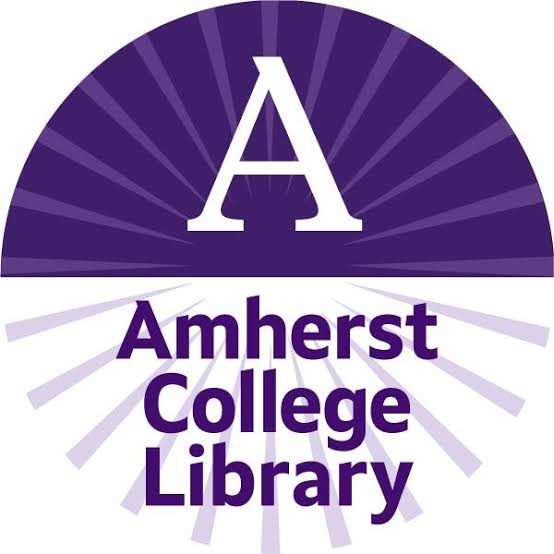
Historical Foundations
Amherst College was established in 1821 as an outgrowth of Amherst Academy, a secondary school founded in 1814. The college was originally conceived to provide “free instruction of indigent young men of promising talents and hopeful piety, who shall manifest a desire to obtain a liberal education with a sole view to the Christian ministry.” This mission was rooted in a commitment to educational access for those who might not otherwise afford it, and the college’s founders-including lexicographer Noah Webster-envisioned Amherst as a place where merit and character would be paramount.
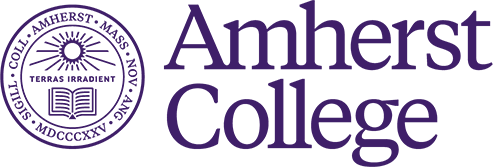
Zephaniah Swift Moore, the first president of Amherst (and previously president of Williams College), played a crucial role in its early years. The college’s founding was closely tied to Williams College, with some students and faculty transferring from Williams, and a friendly rivalry between the two institutions persists to this day. Amherst received its charter from the Massachusetts Legislature in 1825, the same year it graduated its first class and adopted its motto, Terras Irradient (“Let them enlighten the lands”).

From its inception, Amherst demonstrated a progressive spirit. It graduated its first Black student, Edward Jones, in 1826, and the first Japanese student to graduate from a Western college, Joseph Hardy Neesima, in 1870. The college became coeducational in 1975, after more than 150 years as a men’s institution, and has continued to expand opportunities for women and students from diverse backgrounds.
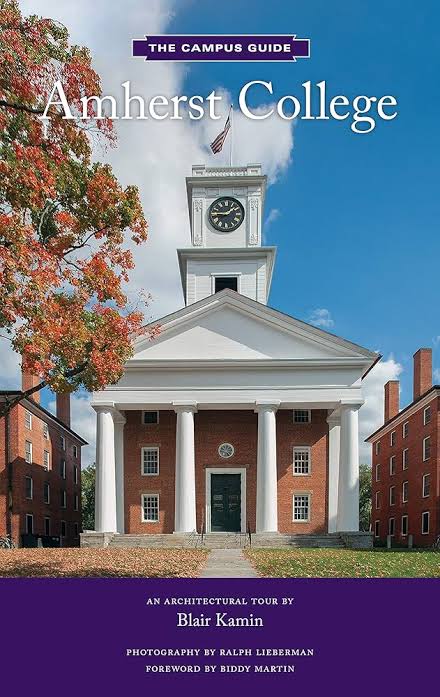
Academic Excellence and the Open Curriculum
Amherst is renowned for its open curriculum, which allows students an unusual degree of academic freedom. There are no core requirements or distribution mandates; students may choose from over 850 courses across 41 fields of study in the sciences, arts, humanities, mathematics, computer science, social sciences, foreign languages, and several interdisciplinary areas. Students can even design their own majors, and it is common for nearly half of graduates to double major.

The college has pioneered several interdisciplinary fields, being the first to establish undergraduate departments in American Studies, Law, Jurisprudence and Social Thought, and Neuroscience. Other innovative programs include Asian Languages and Civilizations, and the college continues to encourage interdisciplinary exploration.
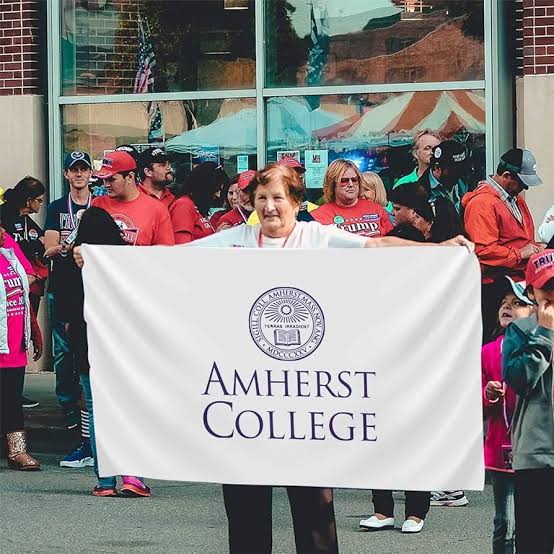
Amherst’s academic environment is characterized by small classes (84% have fewer than 30 students), a low student-faculty ratio of 7:1, and a strong emphasis on close faculty-student relationships. Notable faculty have included poet Robert Frost, whose legacy is honored in the college library’s name, and a range of distinguished scholars in literature, science, law, and the arts.

Popular Majors and Programs
Amherst’s most popular majors reflect the breadth and depth of its curriculum. According to recent data, the top majors include:
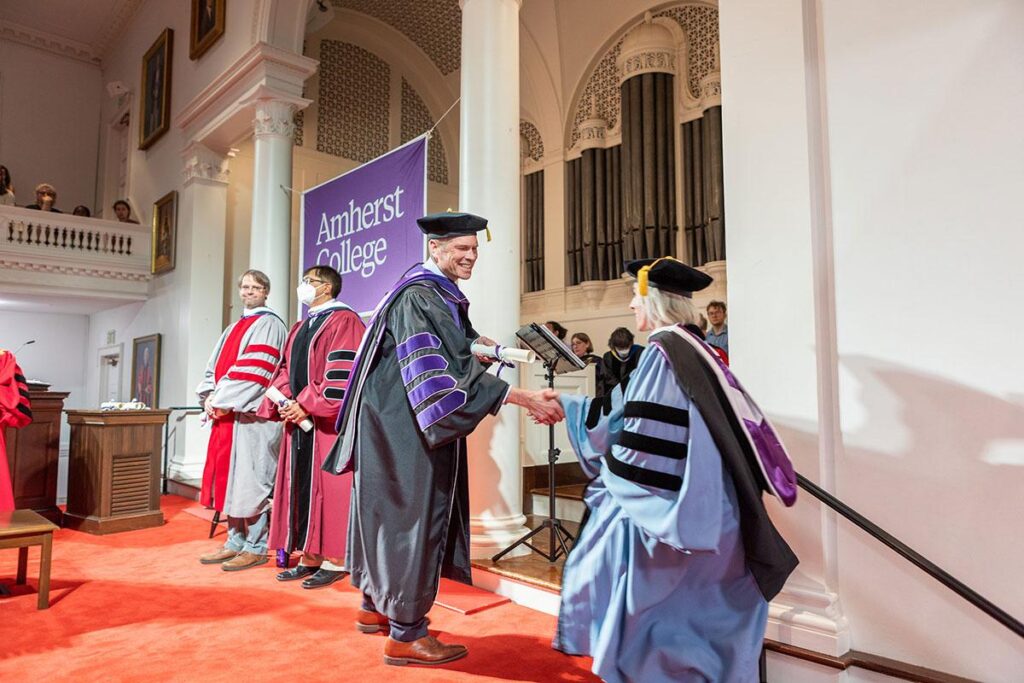
- Mathematics
- Econometrics and Quantitative Economics
- Research and Experimental Psychology
- Political Science and Government
- History
- Biology/Biological Sciences
- Neuroscience
- Law, Jurisprudence, and Social Thought
- Computer Science
- English Language and Literature

The college also offers degrees such as Bachelor of Arts in Biology, Architectural Studies, Psychology, Political Science, Physics & Astronomy, Environmental Studies, Anthropology & Sociology, Biochemistry and Biophysics, Mathematics & Statistics, Philosophy, Chemistry, Economics, and Computer Science.

Commitment to Access and Diversity
Amherst’s founding mission of expanding access to higher education remains central to its identity. The college is known for its generous financial aid policies, meeting 100% of demonstrated need for all admitted students, and is need-blind for both domestic and international applicants. This commitment has resulted in a student body that is diverse in terms of socioeconomic background, race, ethnicity, and nationality, with students from more than 40 countries.
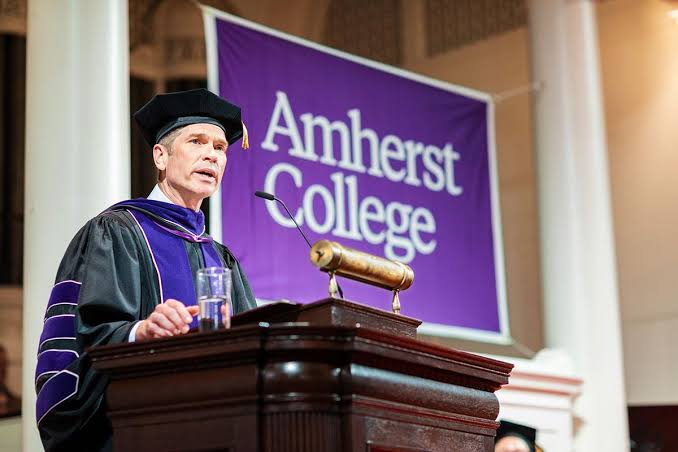
The college’s history is marked by milestones in inclusion: graduating its first African American student in 1826, its first Japanese student in 1870, and becoming coeducational in 1975. Amherst has also made significant strides in hiring women and faculty of color, and its first woman president, Biddy Martin, was inaugurated in the 21st century.
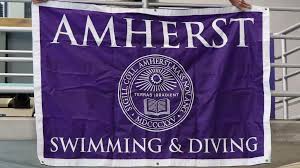
Campus Life and Traditions
Amherst’s scenic 1,000-acre campus provides a picturesque setting for academic and extracurricular life. The college is part of the Five College Consortium, which includes Smith College, Mount Holyoke College, Hampshire College, and the University of Massachusetts Amherst, allowing students to cross-register for courses and participate in shared programs and events.
Student life at Amherst is rich with traditions and opportunities for engagement. The college hosts a wide array of student organizations, athletic teams, and cultural events. Amherst played a role in the first intercollegiate baseball game (against Williams in 1859) and established the country’s first collegiate physical education and hygiene program in 1860. The college’s mascot is the Mammoth, and its colors are purple and white.

Notable Alumni and Impact
Amherst’s alumni have made significant contributions across fields such as science, education, law, medicine, politics, and the arts. Notable graduates include Calvin Coolidge (30th President of the United States), Joseph Hardy Neesima (founder of Doshisha University in Japan), and numerous leaders in academia, government, and business. The college’s more than 20,000 alumni continue to embody its motto, “Let them enlighten the lands,” through their work and service.
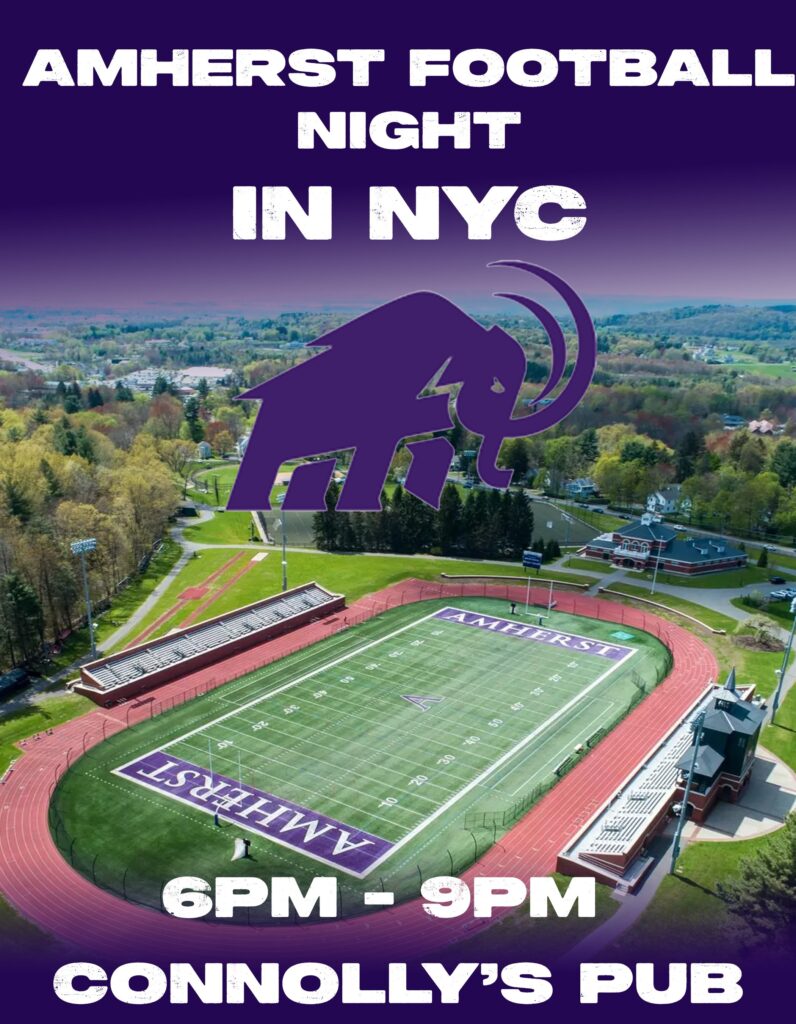
Rankings and Reputation
Amherst consistently ranks among the top liberal arts colleges in the United States. According to Forbes, Amherst is ranked #24 in Top Colleges 2025, #21 among Private Colleges, #4 in Liberal Arts Universities, and #13 in the Northeast. These rankings reflect its academic excellence, selectivity, and strong outcomes for graduates.

Conclusion
Amherst College stands as a beacon of liberal arts education, distinguished by its open curriculum, commitment to access and diversity, and tradition of academic innovation. Its history is marked by a dedication to expanding opportunity and fostering intellectual growth. Today, Amherst continues to attract talented students from around the world, offering them a transformative education that prepares them for leadership, service, and lifelong learning.